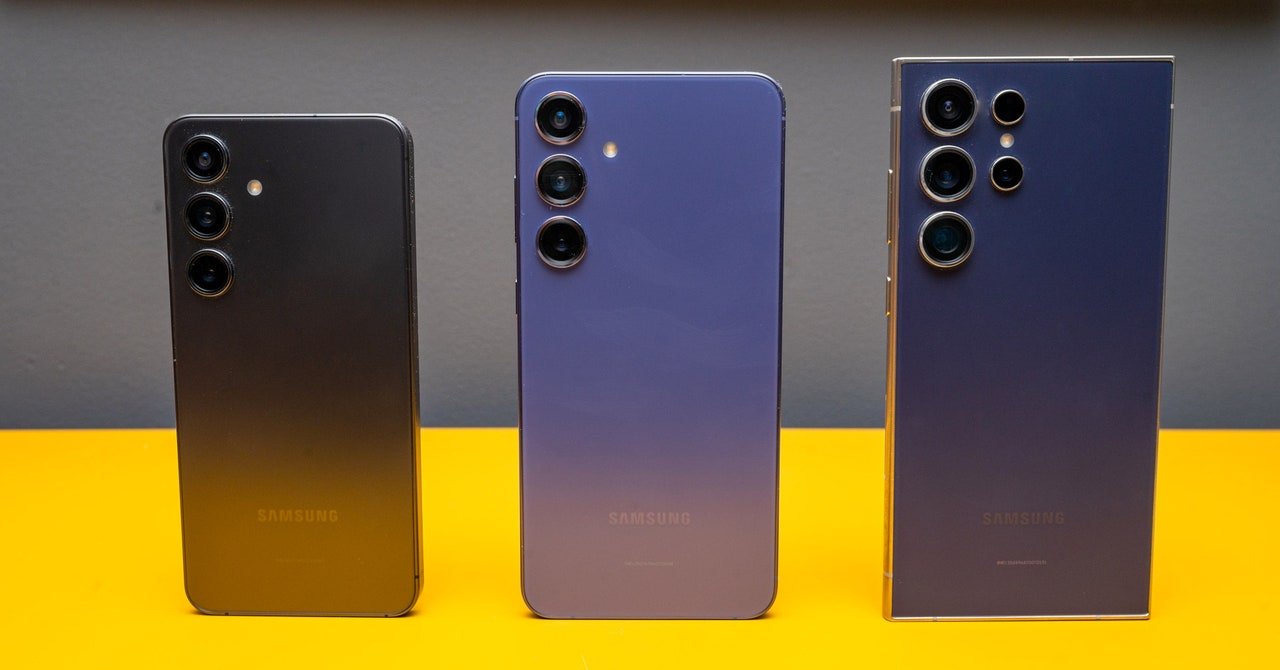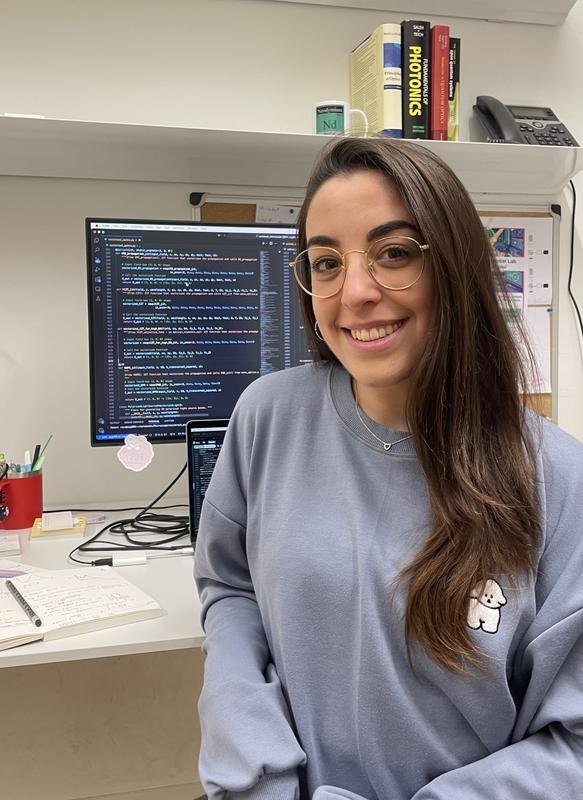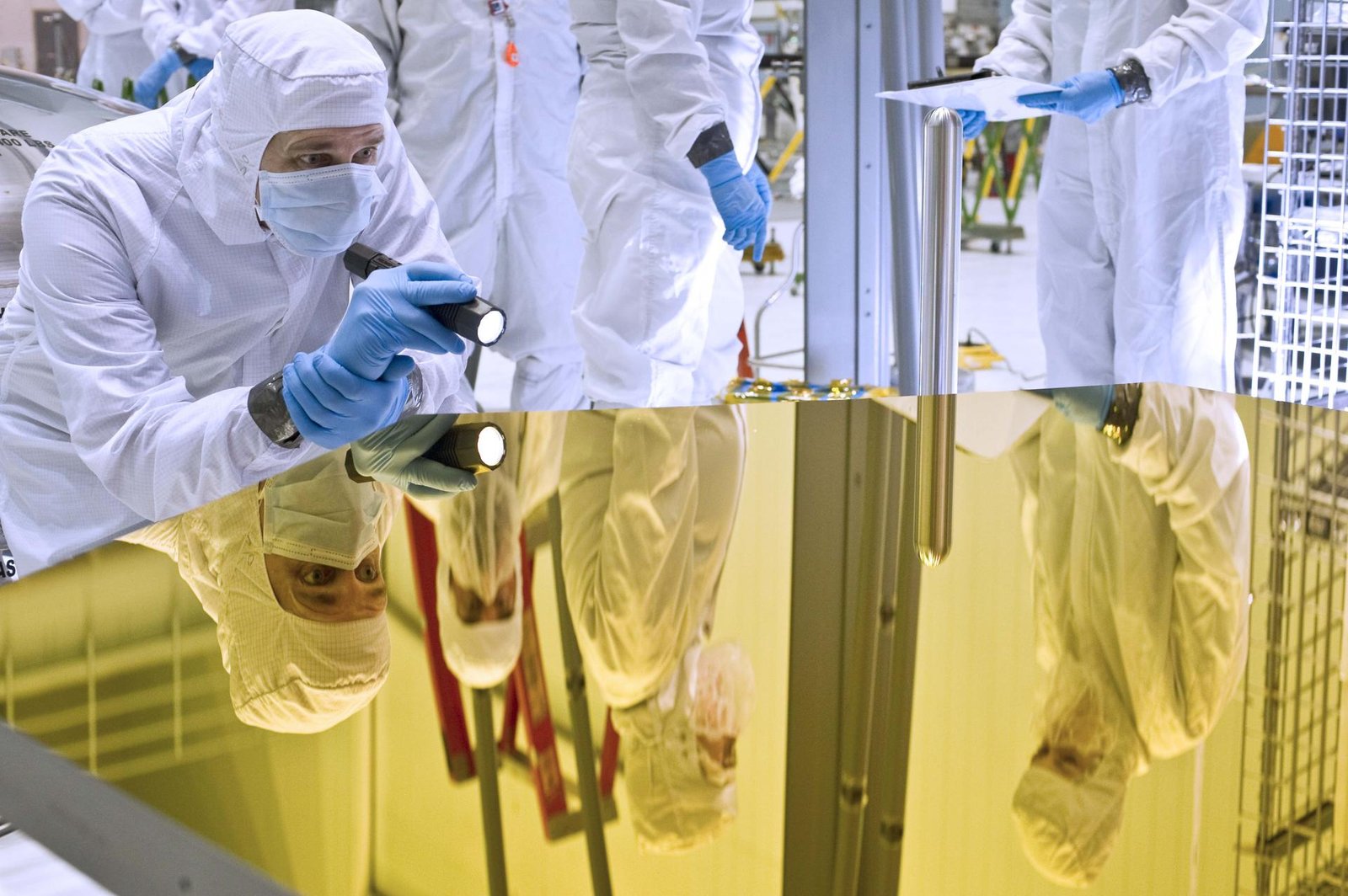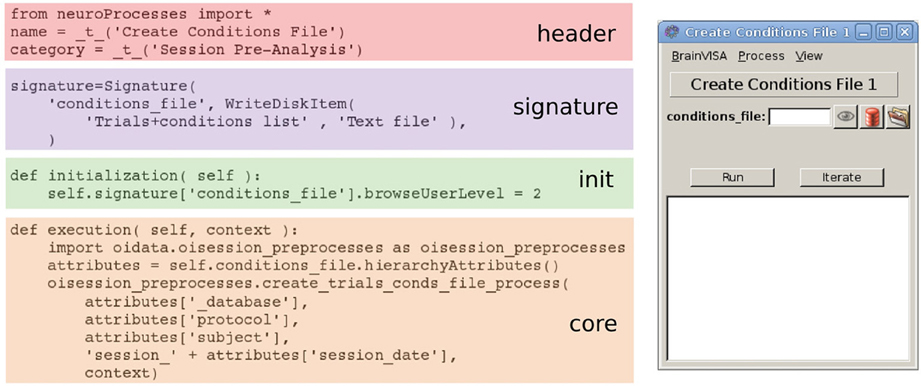NASA’s Goddard Space Flight Center’s optical navigation software, GIANT, initially instrumental in guiding the OSIRIS-REx mission to asteroid Bennu, is being further developed for broader applications in future space explorations. The team behind GIANT is enhancing its functionality and usability for both robotic and crewed missions.
GIANT, short for Goddard Image Analysis and Navigation Tool, operates by processing images from cameras and sensors to navigate spacecraft, similar to human navigation using visual cues. It identifies surface landmarks on targets like Bennu, calculates precise distances, and constructs 3D maps of landing zones and potential hazards. The software can also analyze spinning objects to determine their mass and center, crucial information for orbital maneuvers.
According to Andrew Liounis, the lead developer for GIANT, onboard autonomous optical navigation offers significant advantages. It reduces reliance on Earth-based tracking by processing navigation data onboard the spacecraft. This minimizes data downlink requirements and communication costs, particularly beneficial for smaller missions, while also potentially freeing up bandwidth for more science data in larger missions. Moreover, it decreases the need for extensive ground-based navigation teams.
During OSIRIS-REx’s mission at Bennu, GIANT played a critical role in identifying particles ejected from the asteroid’s surface. The team used the software to analyze these particles’ movements and masses, confirming they posed no major threat to the spacecraft.
Continuing development has led to an open-source version of GIANT, making the technology accessible to the public. Recent advancements also include celestial navigation capabilities, enabling deep space travel by analyzing images of stars, the Sun, and solar system objects. A streamlined package of GIANT is being developed to support autonomous operations throughout mission lifecycles.
Researchers are exploring further applications, including processing Cassini data to study Saturn’s interactions with its moons in collaboration with the University of Maryland. Goddard engineer Alvin Yew is also adapting GIANT to assist rovers and future human explorers on planetary surfaces like the Moon.
A refined open-source version of GIANT was released shortly after OSIRIS-REx departed Bennu, focusing on improved user-friendliness and operational efficiency. Intern-led modifications have enabled graphics processor utilization for ground operations, enhancing image processing speed. A simplified version, cGIANT, is being integrated with Goddard’s autonomous Navigation, Guidance, and Control software for enhanced autonomous capabilities in various mission scenarios.
Furthermore, GIANT’s celestial navigation feature, developed by Liounis and Chris Gnam, reduces dependence on NASA’s Deep Space Network by using star, planet, and asteroid images for spacecraft steering in deep space. The team is now focused on incorporating planning capabilities into GIANT, aiming to streamline mission design significantly, potentially reducing trajectory planning time from months to approximately a week. These ongoing innovations have garnered continuous support from Goddard’s Internal Research and Development program, individual missions, and NASA’s Space Communications and Navigation program, underscoring optical navigation’s growing importance as a vital tool for increasingly complex future missions.








